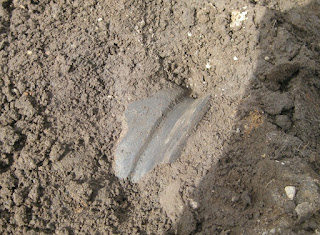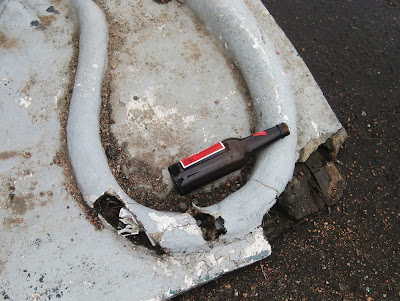My previous efforts to buy an inexpensive, reliable, light weight travel computer eventually established the fact that no such beast actually existed. The folks who I talked with all just kept saying "why not get a tablet?".
Eventually I decided they were right. But I had my criteria and I was not budging from them.
-light weight and compact. Heck, otherwise I could just lug my laptop.
-real keyboard please, my fingers are designed for emphatic keystrokes.
-able to process photos and do at least rudimentary blogposts from, well, anywhere.
-cheap would be nice too.
And here is what I ended up with:
This is kind of a hybrid. It is a tablet, an ASUS TF300T, but with a docking pad with useful features that sold me on the deal.
First of all, I got a good price at Best Buy. (Note, current price is $399.) As it happens there was some sort of promotion going on they threw in the docking station for free. Free = good.
This gives a really nice battery life, as the pad and the docking station each have separate batteries. The pad battery runs down first, then it draws off of the docking station. Run time depends on what you are doing, but they claim you can get 15 hours off of this system.
The docking pad has a real USB port. The lack of this feature soured me on iPads a bit. I use the port for a wireless mouse which I find pretty helpful. It is also nice to be able to physically link with an external hard drive for back up, and maybe to a printer once in a while.
The keyboard is not full sized, but if you disable the touch pad - and you really should - it is serviceable. The docking station also comes with a slot for a full sized photo card.
I had never used an Android based system before, so there was a learning curve. But I cannot emphasize just how much I prefer this to the Windows 8 laptop I tried earlier. Various travel handy apps just slide right on. Skype, a currency converter, Google maps.
All this is positive, and on the negative side I have found very little. It is a little glitchy in regard to photo storage. It really, really wants you to either upload to "Cloud" or keep it on the photo card even though there are plenty of virgin Gigabytes available. Finally I just tucked a 2 Gig microSD card into the slot on the tablet. For five bucks I have enough storage for something like 700 images. I plan on copying the better images from camera to microcard on a daily basis. That way if I lose the camera I will have most of my work in another format. Oh, if I do manage to lose the camera I can also use the pad as one....it has an 8 megapixel camera similar to my Canon Powershot.
Photo manipulation, basic cropping and such, is a little clunky, but I will get used to it.
The screen of this, as with all tablets, is its Achilles heel. I am told that the glass stuff they use to make swiping possible is inherently fragile. Smudges pretty easily too.
When I was playing around with it I tapped a function key....and the darned tablet started playing Vivaldi. Rather good sound quality too I must say. I now have a play list, via the Pandora app, so I can relax while doing other work. I carry a headset when I travel so I won't bother others. These are handy for in flight movies too, I hate those cheap earbuds they give you.
Well the real test will be ahead, hopefully it does not let me down overseas.
Bottom line is that this might be a good option for you. Mostly if you are in that "in between" status. I am too old adapt to just wandering around with a teeny little SmartyPhone. But I can still recognize useful tech when I see it, and barring surprises far afield, the TF330T looks to be the real deal.



















































